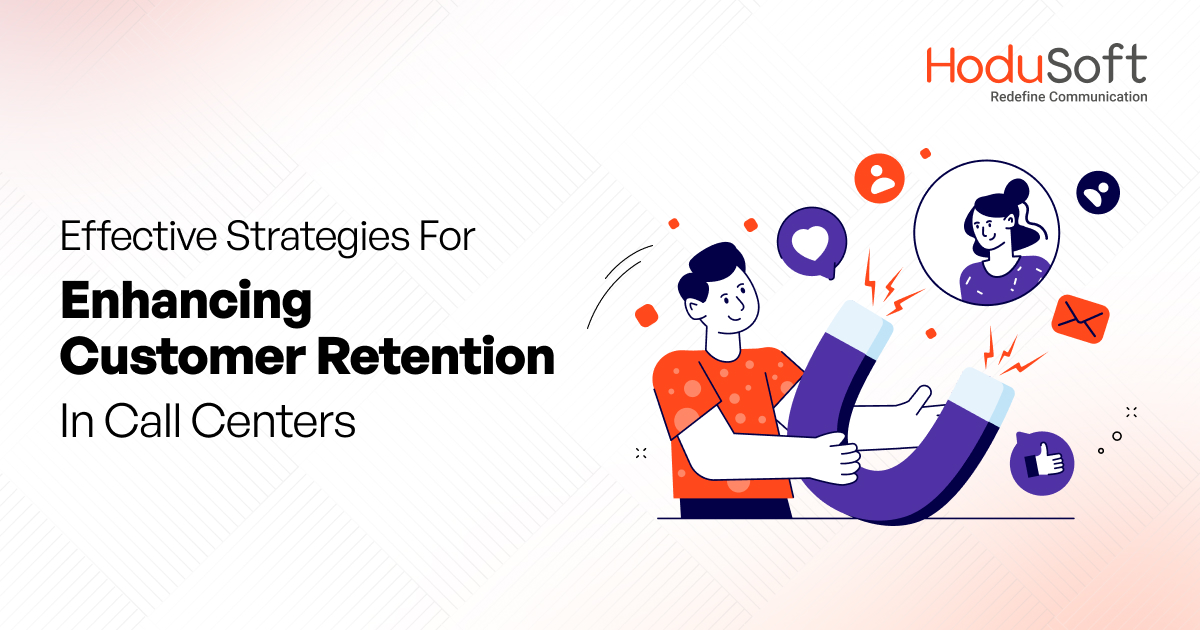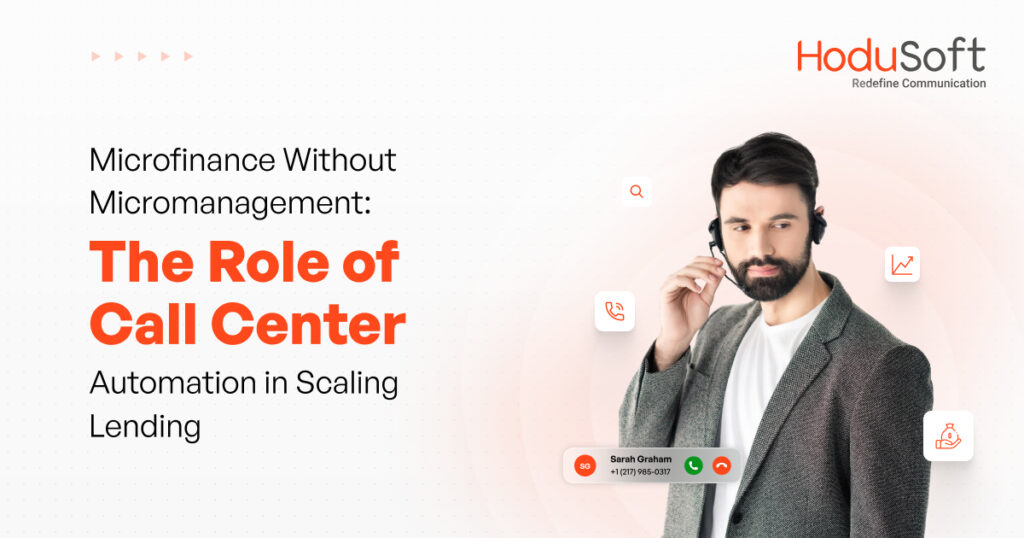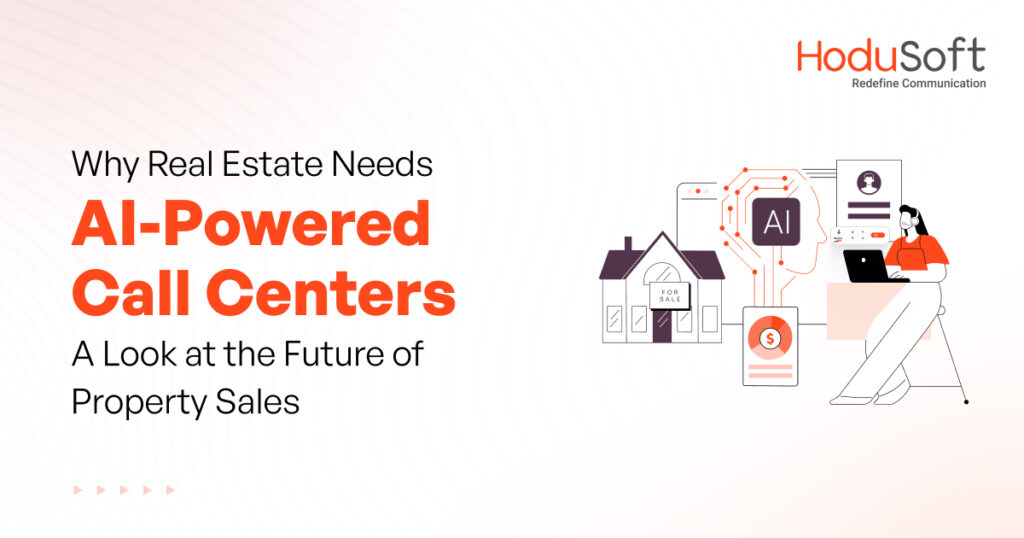Effective Strategies for Enhancing Customer Retention in Call Centers
“When the customer comes first, the customer will last.”
This quote by Robert Half, one of the pioneers of specialized staffing services and the founder of the global human resource consulting firm bearing his name, is the shortest answer to the question “How to improve customer retention in call centers?”
But retaining customers is not as easy and simple as it sounds! You would be surprised to know the sheer number of companies across industries struggling to retain customers. As per a report, at 56 percent, the wholesale sector has the worst customer turnover rate of all sectors.
The next two sectors with the second-worst customer attrition rate (40 percent) are consumer-packaged goods and logistics. The manufacturing sector registered 35 percent and the telecom sector at 31 percent.
In a time of growing competition and dwindling customer loyalty, businesses need to focus on customer retention more than ever before. This blog post discusses why customer retention is crucial for an organization, key metrics to analyze customer retention rates and key strategies for improving retention. Read on and thank us later.
Why Is Customer Retention Important for an Organization?
As noted author Jeffrey Gitomer once said “Customer loyalty is priceless.” If an organization has poor customer retention then everything it does becomes worthless. But when it manages to retain customers for long and win their loyalty, it sets itself up for success. Here are some reasons why customer retention is extremely important for modern-day businesses:
1. More Cost-Effective Than New Customer Acquisition
Depending on what industry you’re in, and which study you believe, acquiring a new customer is five to 25 times more expensive than retaining existing ones. When a business misses the opportunity to retain one existing customer, it would have to spend 25 times more money to replace the lost customer with a new one.
And let’s not forget the fact that marketing and advertising costs are increasing disproportionately and the competition is intense. That means to grab the attention of one new customer you not only have to bear higher promotion costs but also compete with many established and new players. Taking everything into consideration, won’t it make sense to retain the existing customer?
2. Greater CLV (Customer Lifetime Value)
Customer Lifetime Value is the total revenue a business can expect from a customer throughout the business relationship.
It is one of the key metrics using which businesses can calculate their customer retention rate. It not only helps businesses discover their most loyal customers but enables them to cultivate stronger relationships with them. When a business retains a customer for a long period, it enjoys a higher CLV compared to its competitors.
3. Higher Profitability
You can deduce that higher customer retention leads to higher profitability. But did you know that if you increase customer retention by only five percent then you can witness a 25 to 95 percent growth in your profits?
Yes, the disproportionate ratio may sound too good to be true but a research done by Harvard Business Review found just that. The sheer magnitude of the disproportionate impact on profits highlights the critical importance of retaining customers.
4. Cross-selling and Upselling
Cross-selling means selling related or supplementary products to customers. Upselling means selling a higher-end version of a product they intend to buy or have already bought.
Both cross-selling and upselling strategies involve selling to an existing customer. As per the findings published in the book Marketing Metrics, the probability of selling to an existing customer is 60 to 70 percent whereas the probability of selling to a new customer is only five to 20 percent.
What is Call Center Management? Need, Metrics, and Best Practices
How to Analyze Current Retention Rates?
Analyzing customer retention rate is important for understanding how well a business retains its customers over time. Here are some key metrics that are used to analyze customer retention rates:
Customer Retention Rate
As the name suggests, Customer Retention Rate (CRR) measures the percentage of customers retained over a particular period. It compares the number of paying customers at the end of a period (E) and the total number of paying customers at the beginning of that period (N), excluding any new number of customers acquired during the time period (S).
Formula: CRR = (E – N) / S x 100 |
Customer Attrition Rate
Customer Attrition Rate (CAR), also known as Customer Churn Rate or Customer Turnover Rate, is the percentage of customers lost during a particular period of time. It is the inverse of the CRR. It compares the number of customers at the start of a particular period (X) and the number of customers lost during that period (Y).
Formula: CAR = Y / X x 100 |
Average Revenue per User
Average Revenue per User (ARPU) measures the average revenue generated per customer. Its calculation is quite straightforward. The total revenue generated from all customers within a specific period is divided by the total number of users or customers who have made purchases or transactions during the same period.
Formula: ARPU = Total revenue / Number of active customers |
Customer Lifetime Value
We have already discussed how organizations can enhance their CLV by retaining customers. However, this can also be used as a metric to measure customer retention. It helps in understanding the long-term value of retaining customers. It can be calculated by multiplying ARPU and customer lifetime.
Formula: CLV= ARPU × Customer lifetime |
Repeat Purchase Rate
This metric measures the percentage of customers who have made more than one purchase within a particular time period. It is used to assess customer loyalty and retention. A high repeat purchase rate indicates strong customer loyalty and retention.
Formula: Repeat Purchase Rate = (Number of customers who purchased more than once / Total number of customers) x 100 |
Key Strategies for Improving Customer Retention
When it comes to improving customer retention, contemporary businesses are spoilt for choice. The most obvious way is to deliver the best products and services as they can. The next best way is to level up their customer service game by adopting the following strategies.
1. Provide Excellent CX
Customer Experience (CX) is one of the most important factors for customer retention. Global multinational consulting company PwC surveyed 15,000 consumers for their ‘Future of CX Report’ and found that one-third of respondents will abandon their most favorite brand following only one bad experience. The same report revealed that more than 90 percent of them will leave the company following two or three negative interactions.
Without the report, it would have been indeed hard to believe that. What a waste it would be for a company when it manages to delight a certain number of customers and lose a third of them as soon as it fails to deliver a good CX! You certainly don’t want to be in that position. So, it’s extremely crucial to eliminate any chance of delivering poor CX in the first place.
That’s why businesses must be extremely particular about choosing the tools using which they are going to provide customer service. The right tech stack such as a reliable and feature-loaded call center software solution can help them deliver exceptional CX.
2. Enhance First Call Resolution Rate
Would you be surprised to know that an organization risks losing many customers if it fails to resolve queries and issues in the very first call? The ability to resolve queries and issues is called first call resolution (FCR). The standard FCR rate is between 70 and 75 percent across industries.
But when it comes to customers’ expectations, businesses need to do better. As per one research by SQM Group, 93 percent of customers expect organizations to resolve their query or problem on the very first call. The study also found that for each follow-up, customer satisfaction drops by 15 percent.
That’s why businesses must make sure to resolve at least 75 percent of customer queries and issues on the very first call. If they can achieve a higher FCR rate, it’s better. But if they don’t they are at higher risk of losing many customers.
3. Reduce Waiting Time
Some experts think that a business’s average wait time should be less than two minutes. But a new survey found that three out of every five respondents said that they wouldn’t wait for more than a minute. If a business takes five minutes to answer the call, then nine out of every ten respondents said that they would hang up.
It is not difficult to guess that once a customer hangs up without speaking to a customer support agent, then he or she would no longer want to do business with the organization. That’s how many organizations indeed lose their customers—by making them wait for long enough until they are exasperated.
Today’s organizations must value customers’ time and minimize their waiting time as best as they can. If an organization’s average waiting time is less than a minute, it’s excellent! If not, then they must consider investing in the right tech stack that can bring down the waiting time to that level.
4. Adopt Omnichannel Communication
In a time when nine out of every ten people are smartphone users and they prefer communicating over email, instant messaging platforms, SMSes, web chats, social media, and even video calls to normal phone calls.
So, it’s not surprising that 90 percent of customers expect consistent interactions across channels, as per the latest stats. Also, a new study found that businesses with omnichannel customer engagement strategies succeed in retaining 89 percent of their customers.
When companies provide omnichannel support, they enable a lot of customers to reach out to them and communicate whenever they have any problem or query. Now that we have the evidences that corroborate the role omnichannel communication plays in enhancing customer retention, contemporary businesses must equip their customer service department and call centers accordingly.
5. Provide Self-Service Options
Some say, “Self-service is the next best customer care.” But if we go by some credible findings, it looks like self-service is the best customer service. A research by American Express found that three out of every five respondents said that they would prefer to solve minor issues and get answers to frequently asked questions (FAQs) by themselves instead of speaking with a customer service agent.
As per a new study by Dimension Data, nearly three-quarters of respondents said that they would prefer to solve minor issues and get answers to frequently asked questions (FAQs) by themselves instead of speaking with a customer service agent. When a majority of people want self-service options from businesses, wouldn’t it be prudent to have ample self-service resources in place?
From Interactive Voice Response (IVR) systems to AI-powered chatbots to knowledge base (containing a repository of articles, FAQs, and troubleshooting guides) to customer portals, call centers can provide a wide range of self-service options by using high-quality call center software.
6. Use Context for Personalized Customer Interactions
“Content without context is noise.” The quote perfectly sums up the essence of customer service. As per a study by Zendesk, 70 percent of customers expect anyone they interact with to have full context.
Not just that, a research conducted by McKinsey & Company found that 71 percent of customers expect businesses to deliver personalized interactions.
Even businesses acknowledge the role of personalized customer service in enhancing customer retention. As per a stat, 77 percent of businesses recognize providing personalized customer service leads to increased customer retention. In the real world, many companies falter.
A study conducted by Twilio Segment found that even as 85 percent of businesses believe they provide personalized customer support, only 60 percent of customers feel that’s the case.
So, as you see, the right context and customer information can go a long way in providing the right and effective customer service. When customer service agents have both the right context and complete information about customers, they are much more likely to provide the right solutions and resolve calls in the first instance itself.
7. Leverage Relevant Data and Insights
Can leveraging the right data and insights be beneficial in retaining customers? The answer is a resounding yes. Now, the question comes “How can a call center collect relevant customer data and use it to enhance customer retention?” There are two ways to do that.
The first is by collecting data from customers themselves. As per a study conducted by Salesforce, 56 percent of customers don’t mind providing their personal information in exchange for superior CX and service. The second is by leveraging the right tech tools.
A study conducted by UK-based market research company Kantar found that over 90 percent of marketers they surveyed said they don’t know what they don’t know. This is where a reliable call center software solution can be useful as it can generate a wide range of reports. By studying the reports, businesses can take the right actions to improve their key performance indicators.
Overall, It May Be Said
No matter how good an organization is, no matter how much it cares about its customers, it will still probably lose some customers. More often than not, customer attrition is inevitable. However, the organization can certainly minimize the number of outgoing customers by using some highly-effective strategies.
This blog post highlights various tried and tested strategies, which an organization can implement by using sophisticated and high-quality call center software. A cutting-edge call center software solution can help all types and sizes of organizations enhance customer retention.
At HoduSoft, we happen to have the call center software that can be just right for you. We have engineered our HoduCC call and contact center software with high-quality features such as IVR, automatic call distribution, integration with CRM and other business applications, as well as real-time reports and analytics.
By leveraging these features, you can effortlessly reduce wait time, enhance FCR rate, provide self-service options, deliver personalized service, as well as use analytics and reports to make data-driven decisions.



